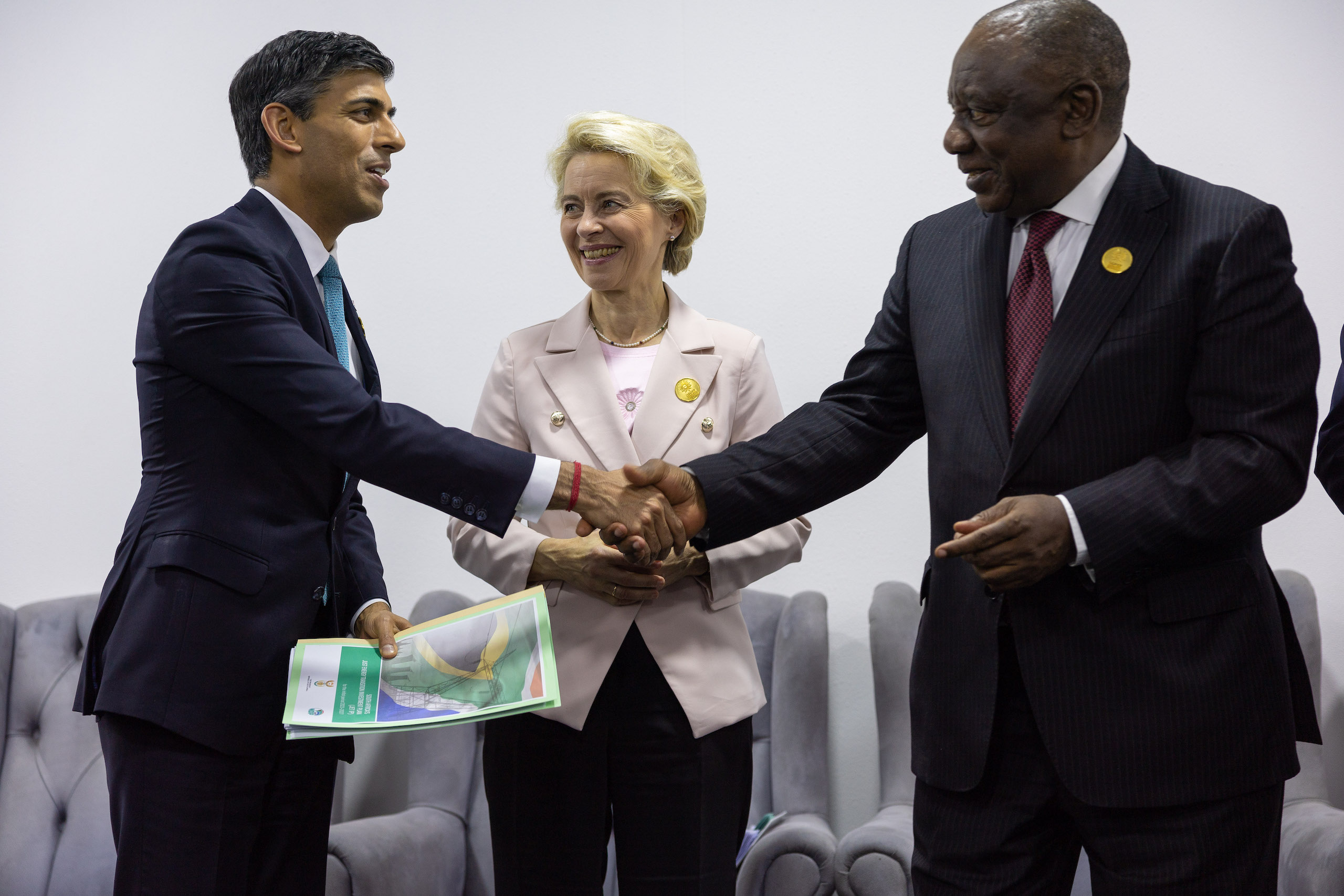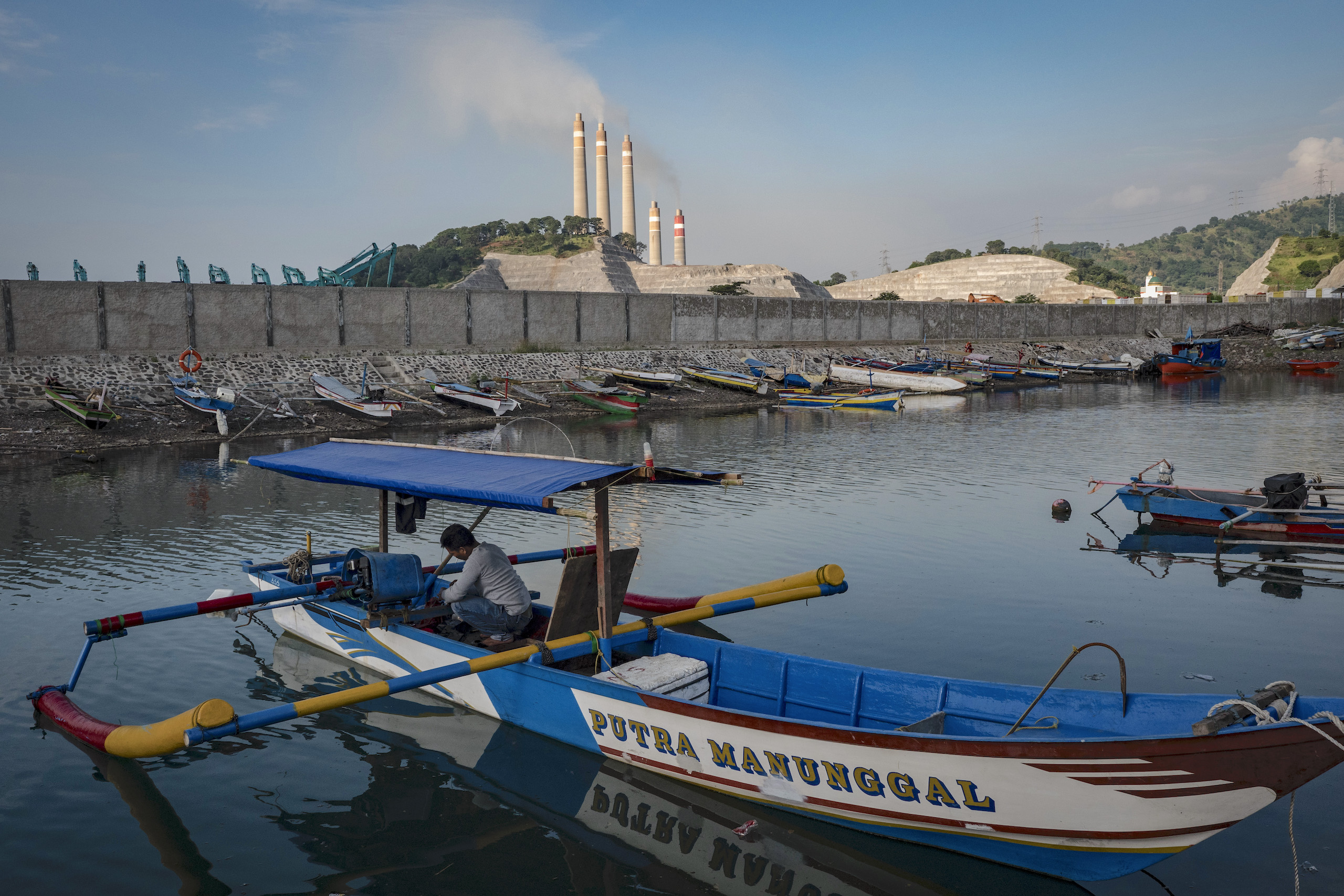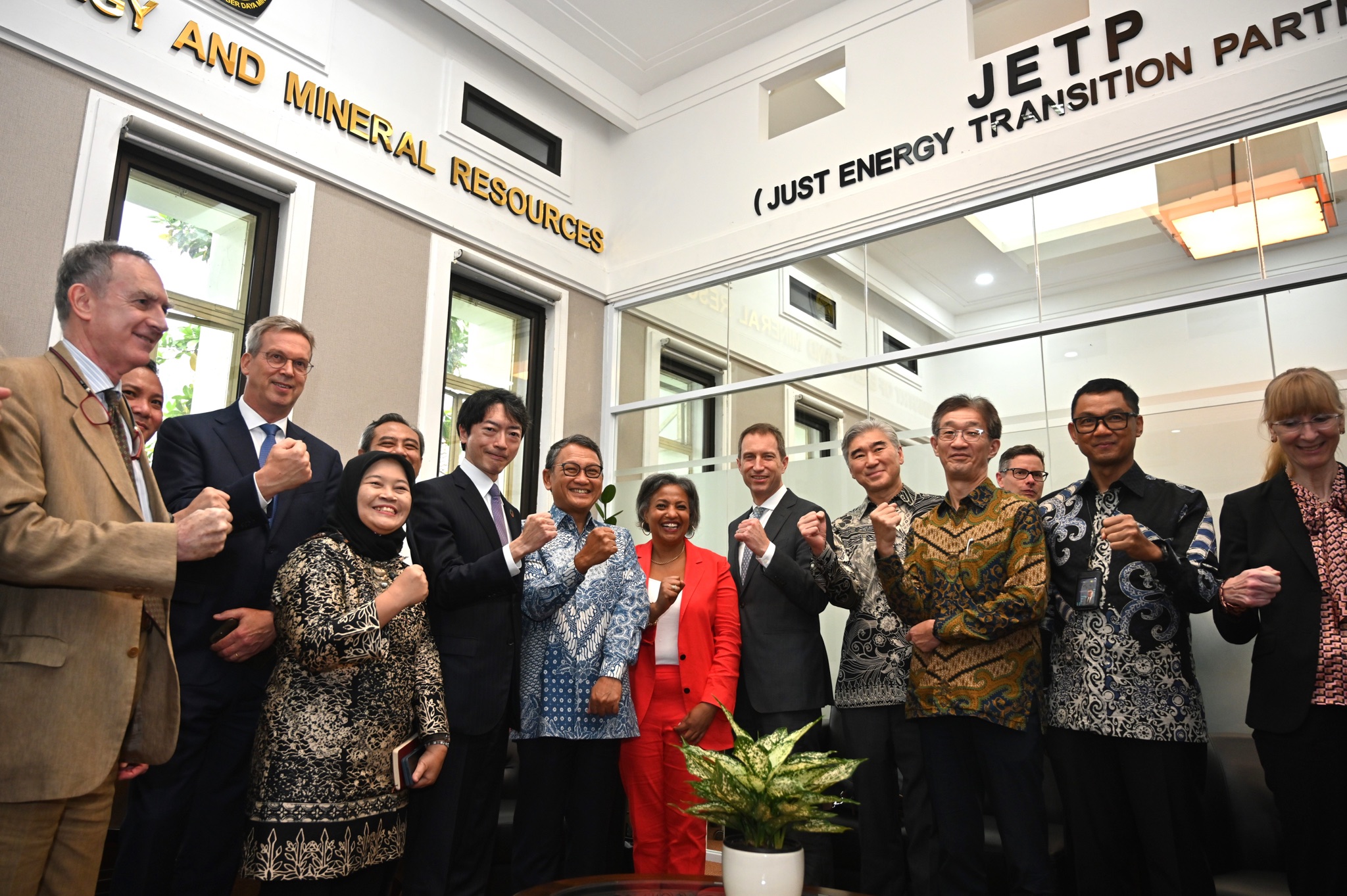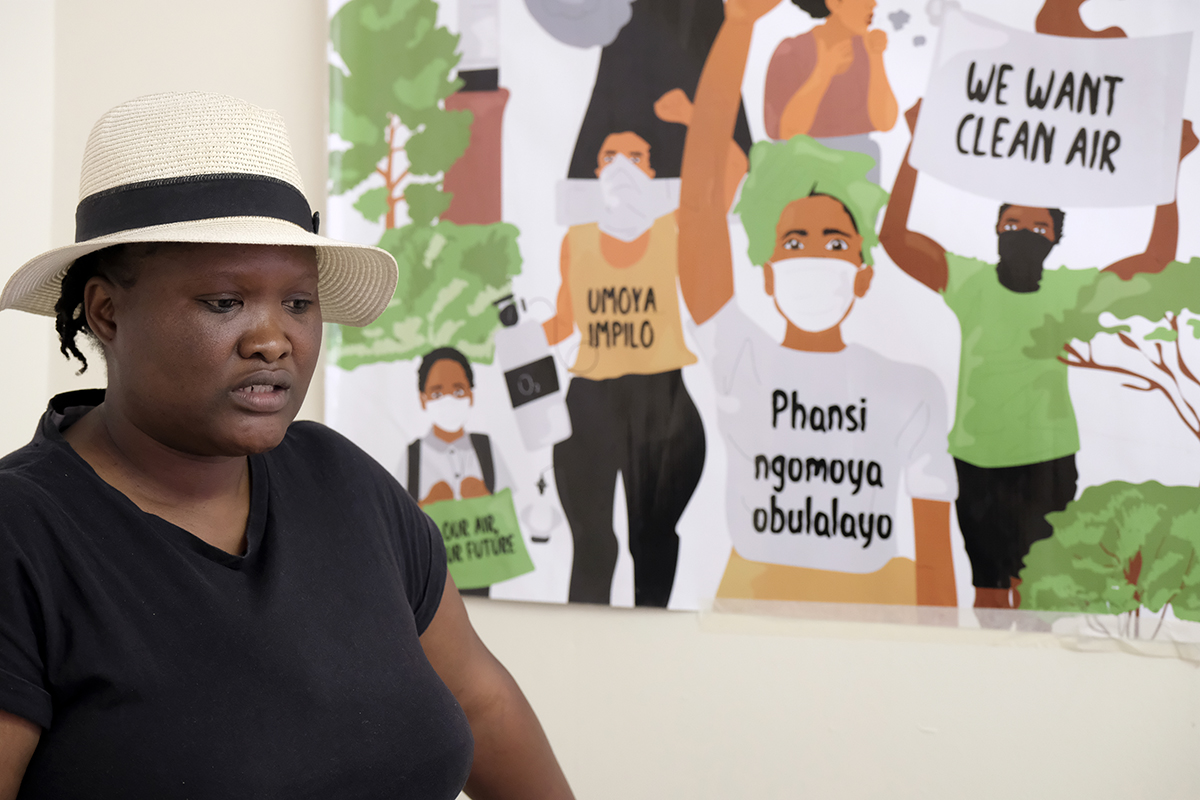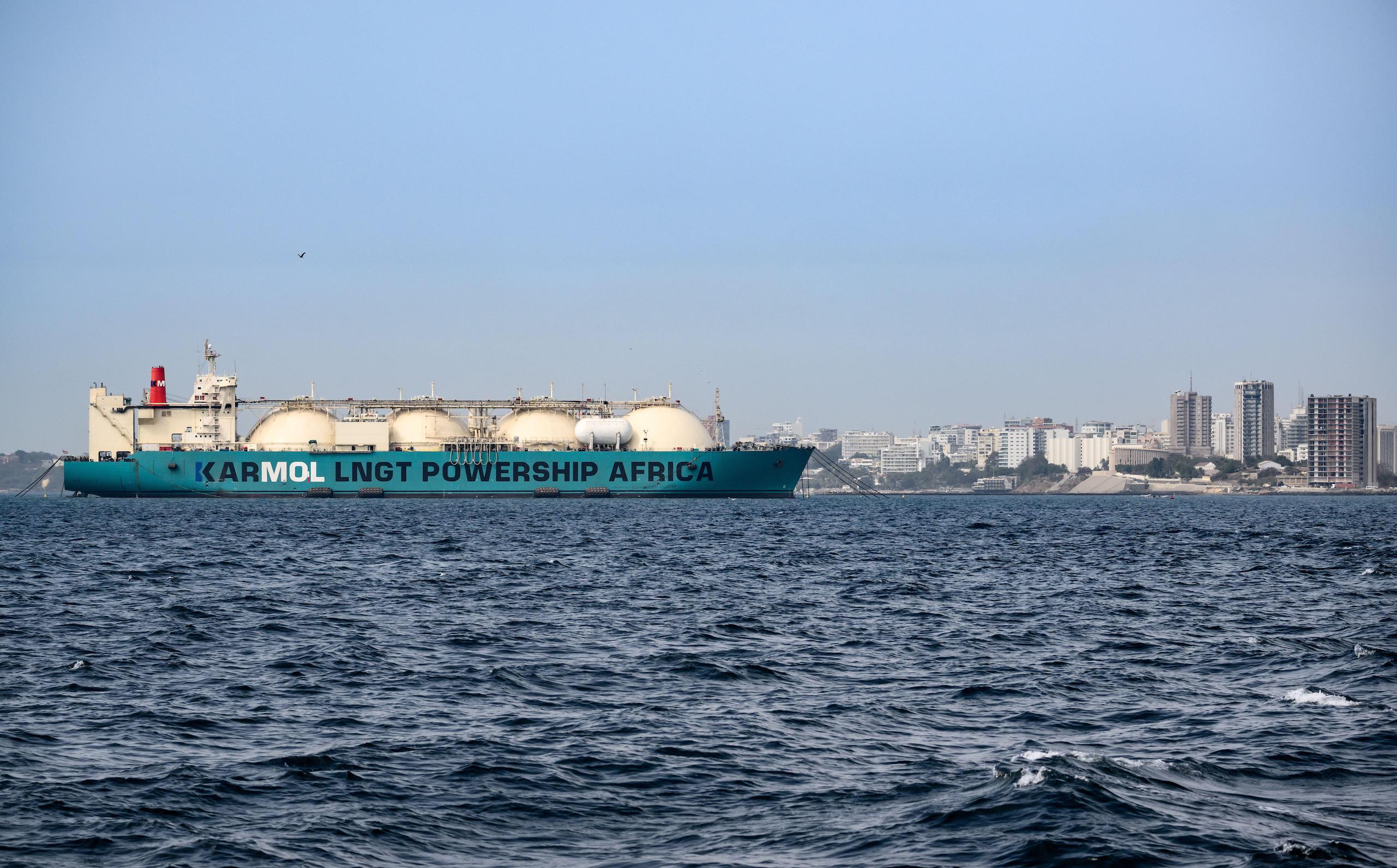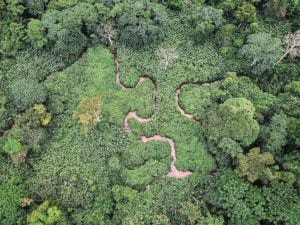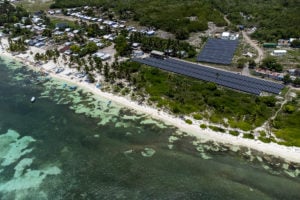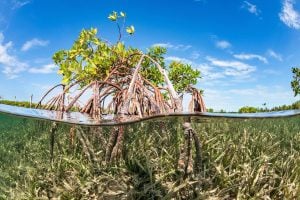When a much-trumpeted funding deal to kick-start South Africa’s transition away from coal was launched two years ago, it was hailed as a model to help coal-dependent economies shift from the fossil fuel to renewable energy.
The US$8.5 billion agreement with an international partners’ group, formed of G7 major economies, was called a “Just Energy Transition Partnership”, or JETP. It aimed to support one of the world’s most coal-dependent countries through a costly and socially difficult shift to clean energy.
Despite the absence of a globally accepted definition for a “just energy transition”, bespoke JETPs have since been signed with coal-hooked Indonesia and Vietnam, and emerging gas-producer Senegal.
But the hype around the multi-billion dollar deals soon subsided, giving way to frustrations around the availability and terms of finance promises, and hard work to chart plans for energy transformation.
JETPs “were dressed up as a new climate-finance paradigm,” said Leo Roberts, of think-tank E3G. “There was an assumption that rich countries would find new money down the back of the sofa to support the energy transition in the global south, that would be delivered in a more effective fashion. But that’s just not the case,” he said.
However, the promise of substantial support got funders, policymakers and stakeholders around the negotiating table, spurred political momentum and converged attention on what a just energy transition should look like in a way that hadn’t happened before, Roberts added.
The process, analysts say, could be transformational if sufficient concessional funding is delivered to countries in a more streamlined and coordinated way.
The JETP model
The model was initiated by the UK government in 2021 when it hosted both the summit of G7 leaders and the COP26 climate talks.
While the necessity of phasing down coal power gathered support in negotiations, rich countries and development finance institutions failed to mobilise the funds needed to support decarbonisation in developing countries.
The JETP was designed to help plug that gap by using public finance to catalyse much greater private-sector investments in high-emitting, emerging economies.
In South Africa, the JETP was followed last year by an $98 billion investment plan setting out how to kick-start the transition over the next five years.
But the country is a long way from accessing the promised $8.5 billion. Joanne Yawitch, who heads the project management unit responsible for implementing the plan, said the bottleneck now lies in creating a pipeline of ready-to-fund projects so the money can flow.
The deals
Other recipient countries are working out what the JETP means for them.
Indonesia recently delayed the release of its investment plan. Its $20 billion deal includes $10 billion from partner countries and $10 billion to be mobilised by private finance institutions that are part of the Glasgow Financial Alliance for Net Zero (GFANZ). Indonesia has committed to retire coal early, and reach 34% of renewable energy in power generation and peak the sector’s emissions by 2030.
Similarly, Vietnam’s $15 billion deal is split equally between public funds and money mobilised by the private sector. Vietnam said it will limit peak coal capacity to 30.2 gigawatts (GW) by 2030, down from the 37 GW it had previously planned.
With low emission levels, and growing energy needs, Senegal is the smallest economy to benefit from a JETP. Its $2.7 billion deal aims to increase renewable energy to 40% of installed electricity capacity by 2030 – up from 31%.
In India, negotiations for a JETP have stalled. Indian officials don’t want to be “bullied into a partnership” that would compel the country to talk about a coal phase out. India’s coal use is forecast to increase this decade.
Sandeep Pai, director for research and strategy at the Swaniti Initiative, in New Delhi, said proposed financial packages amounted to “loose change” for a country where the transition away from coal could directly affect between 13 and 20 million people working in coal-related jobs.
‘Business-as-usual money’
JETP funds only amount to a fraction of what nations need to move away from coal and align with global climate goals.
Moreover, the JETPs largely rely on loans and private finance. Analysts say, there remains little clarity on where the money will come from and on what terms it will be delivered.
This lack of transparency and the nature of the funding has drawn widespread criticism across JETP countries.
To be transformational, the finance needs to be concessional, said Tiza Mafira, Indonesia director for the Climate Policy Initiative, and a member of Indonesia’s JETP technical group on finance. “There was an expectation that this deal would be cheaper than usual” with “friendlier terms”, she said.
Instead, countries are being served “business-as-usual money” of the type they have previously received in bilateral deals and through development finance institutions, she added.
To complicate matters, each funder has its own set of criteria to disburse the money on a project basis – creating a lengthy and costly bureaucratic “nightmare”, said Mafira.
Justice in the transition
The share of loans versus grants has been a common grievance.
South Africa’s funding, the only JETP breakdown currently public, includes 4% grants against 63% concessional loans, 18% commercial loans and 15% guarantees. President Cyril Ramaphosa explicitly called for more grants, warning of the risks of fuelling the debt burden.
Grant-based finance is necessary to support social protection measures that cannot provide a return to investors. But across JETP countries, civil society groups have warned that the justice elements of the transition are at risk of becoming an afterthought.
While rights are flouted, the partnership cannot be called ‘just’Julia Behrens, University of Bielefeld
Saliem Fakir, executive director of the African Climate Foundation, said South Africa’s JETP “opened up a space to build an inclusive economy” by embedding the just energy transition question into broader development processes.
However, in money terms, only 1% of the deal has so far been earmarked for investments in skills development, economic diversification and social investment.
The lack of civil society participation at an early stage in the planning process partly explains the oversight, says Courtney Morgan, campaigner at the African Climate Reality Project.
Civil society has been “left out” of technical discussions despite its crucial role monitoring how the money is spent and ensuring it “serves justice outcomes,” she said.
Concerns of a top-down transition have been most pronounced in Vietnam, where the government committed to “regular consultation” with NGOs and civil society stakeholders while climate activists were in prison. Vietnamese civil society has faced a relentless crackdown against those critical of the country’s energy policies.
Partner countries were keen to close the deal and concerns about deteriorating human rights remained largely out of the talks, said Julia Behrens, of the University of Bielefeld in Germany, who previously worked on the energy transition in Vietnam.
While rights are flouted, the partnership cannot be called “just”, said Behrens, who warned against opening the door for other countries to trample the justice principles that are supposed to underpin JETPs.
Coal loopholes
At their core, JETPs were designed to support countries to reduce coal use. But in Indonesia, coal consumption could increase despite the deal.
Indonesia committed to stop developing new coal plants. But the regulation exempts plants built to power strategic industrial projects as long as the plants reduce their emissions 35% in 10 years and close by 2050.
As the country aims to balance development with its net-zero pledge, preventing coal development for industrial use is difficult, said Fabby Tumiwa, executive director of Indonesian think-tank the IESR, and a member of the JETP technical working group advising the government.
But if all mooted coal plants for industrial development are built, “I think we are screwed,” he said, meaning Indonesia will fail to meet its JETP commitments. Partner countries should “push to cancel” parts of the state utility’s 13.8 GW coal pipeline, he said.
Senegal: a test case for other gas-producing countries?
In Senegal, the JETP is less concerned with phasing out fossil fuels than accelerating the uptake of clean power generation.
Daouda Diene, Africa economic analyst at the Natural Resource Governance Institute, said success will require closing the electricity access gap with sustainable and affordable energy.
For that, Senegal has earmarked gas as a transition fuel, a designation endorsed in the JETP agreement as part of a compromise that rules out the funds financing gas infrastructure.
The deal neither curtails Senegal’s gas-producing ambition, nor sets out how gas resources will be allocated between exports and domestic use. But accelerating the pace of clean-energy development could limit the risk of the country locking itself into gas infrastructure.
Diene said that the agreement was “a good case study to show the potential of massive investments in renewable energy in a new oil and gas producer” and could be a model for other producing countries.
For his colleague Thomas Scurfield, “it will be very difficult to see a JETP being agreed with a gas producer that doesn’t at least acknowledge that there is a role for gas” in the transition.
The way forward
Analysts agree that more concessional finance, streamlined criteria for disbursement, and attention to the levers of change, such as building institutional capacity and finding alternatives to coal tax revenues, must be improved.
For Roberts, of E3G, “the lack of donor coordination has been a major stumbling block”. The mosaic of processes for accessing the funds has made match-making money to projects “almost impossible,” he said.
To address this, a coordinating entity, such as a multilateral development bank (MDB), should act as “a single conduit for all funds coming from donors” – facilitating access for recipient nations.
But the JETPs can only go so far, argues Rishikesh Bhandary, of Boston University’s Global Development Policy Center, who described the partnerships as “ad hoc measures”.
MDBs, which already work directly with developing countries, are better placed to unlock energy transition finance at scale if their modus operandi is reformed and their capital increased, Bhandary said.
“My hunch is that we will get to the situation when we say ‘why didn’t we ask the MDBs to do it’.”
